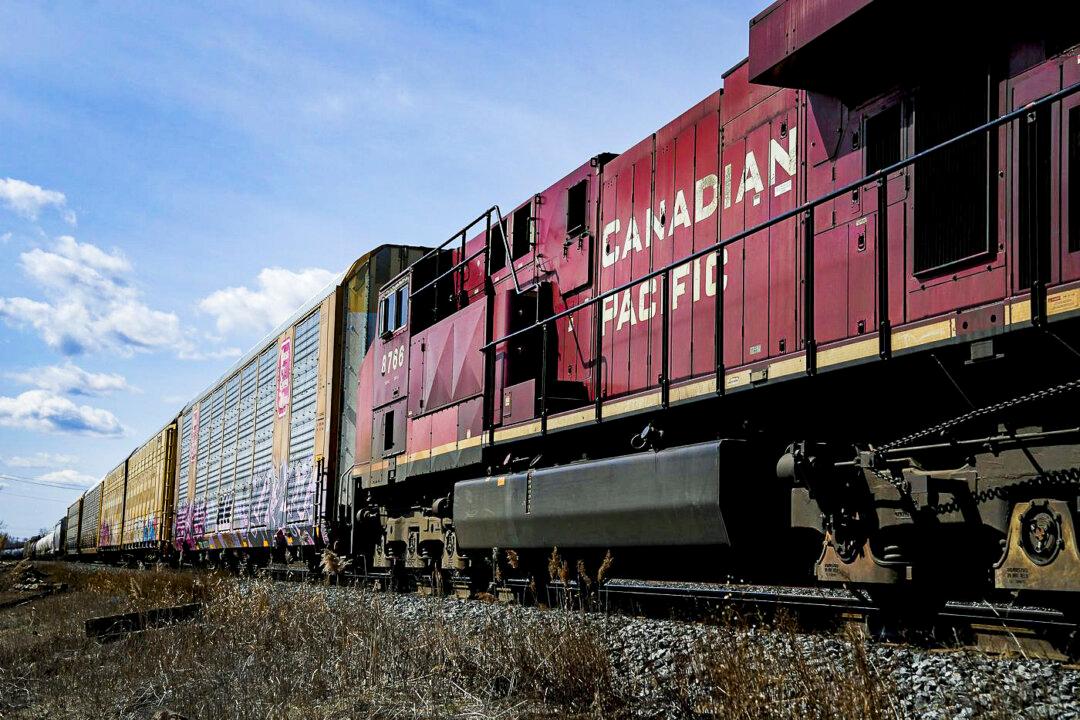The threat of a labour shutdown of all rail services in Canada could have devastating impacts on commerce, renewing calls by some for policies to prevent such potential disruptions, while others argue maintaining labour bargaining power is crucial.
As the labour dispute drags out between the Teamsters Canada Rail Conference and both the Canadian National Railway and Canadian Pacific Kansas City, the companies say they will start locking out workers on Aug. 22 if a deal is not reached. The Teamsters are also prepared to call a strike for that date.





